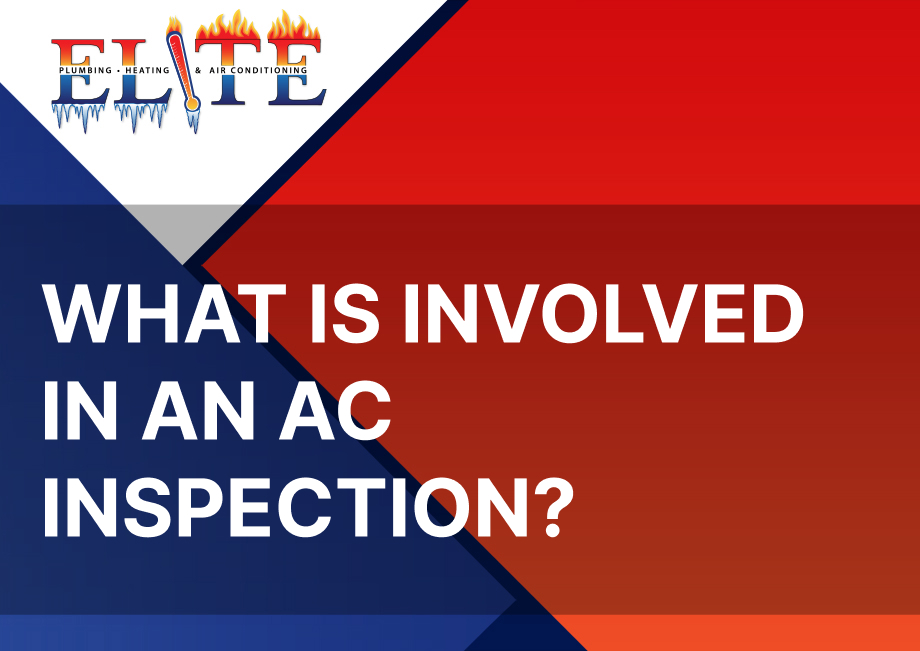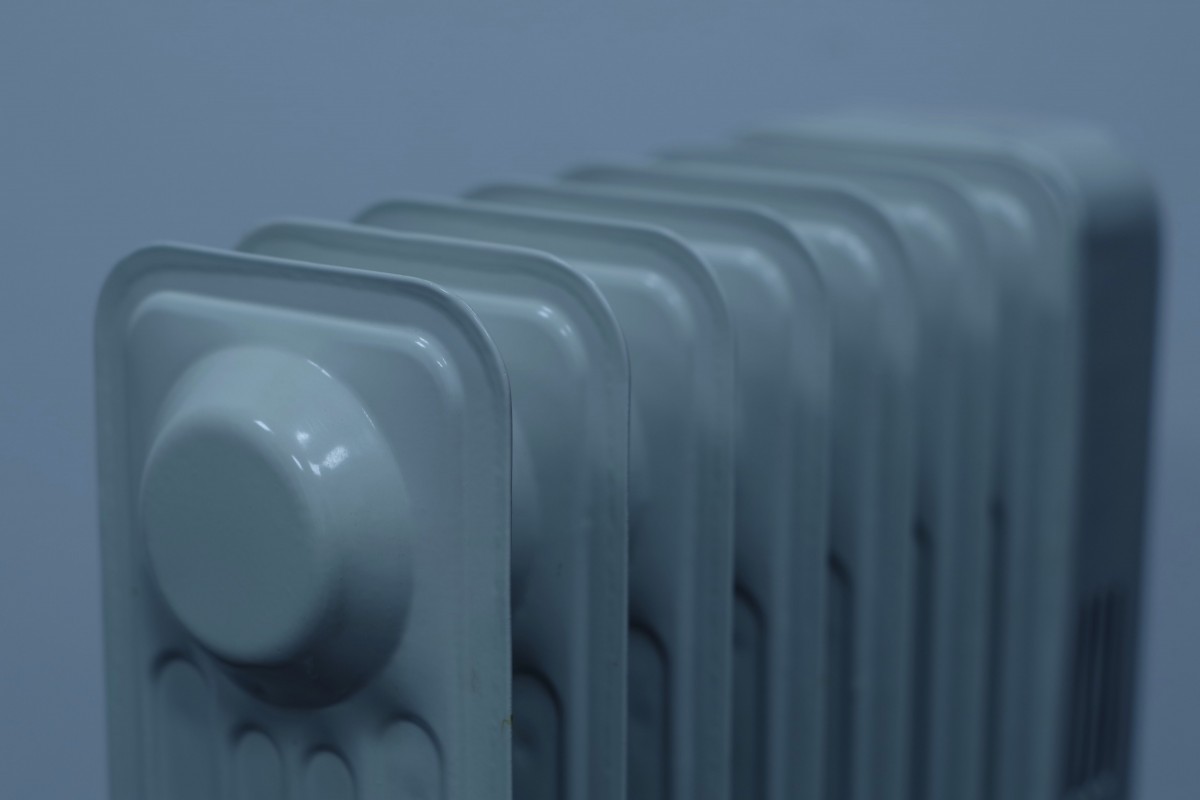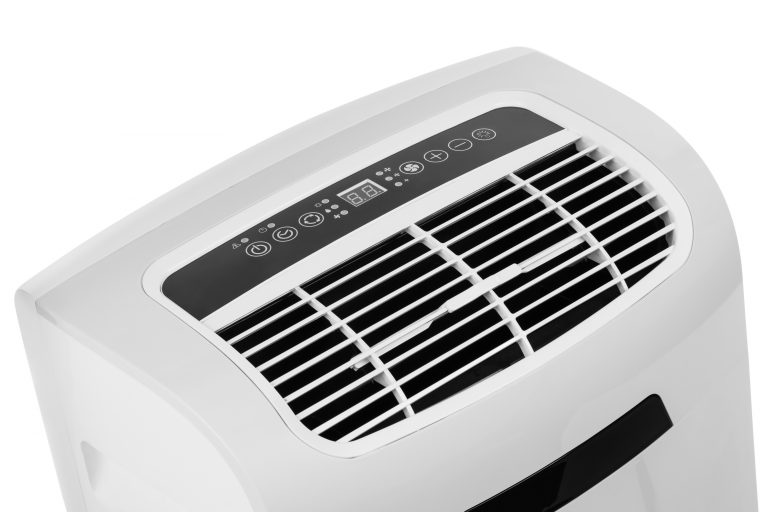What Is Involved in an AC Inspection?
Regular air conditioning (AC) inspections are essential for keeping your system running efficiently, improving indoor comfort, and prolonging the lifespan of your unit. Whether you’re preparing for the summer heat or dealing with an inconsistent cooling system, scheduling a routine AC inspection can help identify potential problems before they turn into costly repairs. In this blog, we will break down the key components of an AC inspection and why it’s important to keep your system in top shape.
Why Are AC Inspections Important?
Before diving into what is involved in an AC inspection, it’s important to understand why this service is crucial. Regular inspections and maintenance:
- Improve Efficiency: A well-maintained AC unit runs more efficiently, using less energy to cool your home, which can lead to reduced energy bills.
- Prevent Costly Repairs: Early detection of problems can prevent major breakdowns, saving you money on expensive repairs.
- Increase Longevity: Regular maintenance extends the life of your AC system, delaying the need for a costly replacement.
- Ensure Comfort: An inspection ensures your system is cooling effectively and maintaining a comfortable temperature throughout your home.
Now, let’s look at what’s involved in a typical AC inspection.
Components of an AC Inspection
A comprehensive AC inspection involves several steps, each designed to ensure that all components of the system are working efficiently and safely. Here’s what a technician will check:
1. Thermostat Calibration
The thermostat is the control center of your AC system, responsible for regulating the temperature in your home. During an inspection, the technician will check the calibration of the thermostat to ensure it is reading the correct temperature and communicating properly with the AC unit. If necessary, adjustments are made to ensure accurate readings.
2. Air Filter Check
One of the simplest yet most important components of an AC system is the air filter. A dirty or clogged air filter can significantly impact the efficiency of your system, reduce air quality, and even cause the unit to freeze up. During the inspection, the technician will check the condition of the filter and replace it if needed. Regularly changing your air filter is an easy way to maintain good airflow and system efficiency.
3. Electrical Connections
Loose or damaged electrical connections can lead to system malfunctions and even pose a safety hazard. During the inspection, the technician will examine all electrical connections, including the wiring and fuses, to ensure everything is in proper working order. Any loose or frayed wires will be tightened or replaced to prevent potential problems.
4. Refrigerant Levels
Refrigerant is the chemical responsible for cooling the air in your home. If your system is low on refrigerant, it will struggle to cool your home efficiently and may even cause damage to the compressor. The technician will check the refrigerant levels and look for any signs of leaks. If the refrigerant levels are low, the technician will top it off and repair any leaks to prevent future problems.
5. Inspecting Coils
The evaporator and condenser coils are critical components of your AC system that facilitate heat transfer. Over time, these coils can accumulate dirt and debris, reducing the system’s efficiency and cooling capacity. The technician will inspect both the evaporator coil (located inside your home) and the condenser coil (outside your home) to ensure they are clean and functioning properly. If necessary, they will be cleaned to ensure optimal performance.
6. Checking the Condensate Drain Line
Your AC system also removes moisture from the air in your home. This moisture is collected and drained through the condensate drain line. Over time, the drain line can become clogged with dirt, algae, or other debris, leading to water backup and potential damage to your system. The technician will inspect the drain line and clean it if necessary to ensure proper drainage.
7. Testing System Controls
Your AC system has a series of control switches that dictate when the system turns on and off. These switches are connected to the thermostat and various components of the AC system. During the inspection, the technician will test the controls to ensure the system starts, runs, and shuts off properly. Faulty controls can lead to short cycling, where the system turns on and off too frequently, reducing efficiency and causing unnecessary wear and tear.
8. Fan and Motor Inspection
The fan and motor are responsible for circulating air through the system and your home. During the inspection, the technician will check the condition of the fan blades, belts, and motor. Any wear and tear, loose parts, or malfunctions will be addressed to ensure the fan is working properly. This inspection is crucial because a faulty fan can cause the compressor to overheat, leading to costly repairs.
9. Ductwork Inspection
Leaky or poorly insulated ductwork can cause significant energy loss, as the cooled air escapes before reaching its intended destination. During an AC inspection, the technician may inspect the ductwork for leaks, blockages, or damage. Sealing any leaks can help improve the overall efficiency of your AC system.
10. Checking Airflow
Proper airflow is essential for an AC system to operate efficiently. During the inspection, the technician will measure the airflow in your system to ensure it’s moving at the right rate. If there’s insufficient airflow, the technician will identify the cause, which could range from a clogged air filter to a malfunctioning fan or duct blockage.
Additional Services During an AC Inspection
In addition to the above checklist, some AC inspections may include additional services depending on the age and condition of your unit. These may include:
- Lubricating Moving Parts: Lubrication reduces friction in motors and other moving parts, ensuring smooth operation and preventing overheating.
- Tightening Belts and Fasteners: Loose belts or fasteners can cause unnecessary strain on your system, so technicians will tighten them if needed.
- Inspecting the Compressor: The compressor is a vital component of the AC system. Technicians will inspect it for signs of wear and tear to ensure it’s operating correctly.
Benefits of Regular AC Inspections
Regular AC inspections offer numerous benefits, including:
- Improved Energy Efficiency: A clean, well-maintained AC system consumes less energy, which can lead to lower utility bills.
- Enhanced Comfort: Inspections ensure your system is cooling your home efficiently, providing consistent temperatures and improving comfort.
- Reduced Repair Costs: Catching minor issues early can prevent major breakdowns and costly repairs in the future.
- Prolonged System Life: Regular maintenance helps your AC system last longer, delaying the need for a costly replacement.
- Better Air Quality: A clean system with properly functioning components improves indoor air quality by filtering out dust, allergens, and other contaminants.
Final Thoughts
Scheduling regular AC inspections is a smart investment in your home’s comfort and energy efficiency. By addressing minor issues before they turn into major problems, you’ll save money, reduce energy consumption, and ensure your system lasts longer. If you haven’t had your AC inspected recently, now is the time to schedule an appointment.
For comprehensive AC inspections and reliable HVAC services, trust Elite Plumbing, Heating & Air Conditioning. Our expert technicians provide thorough inspections and ensure your system runs efficiently throughout the year. Contact us today to schedule your next AC inspection!
SCHEDULE YOUR FREE ESTIMATE
We Provide Expert Air Conditioning Services in Las Vegas, NV










